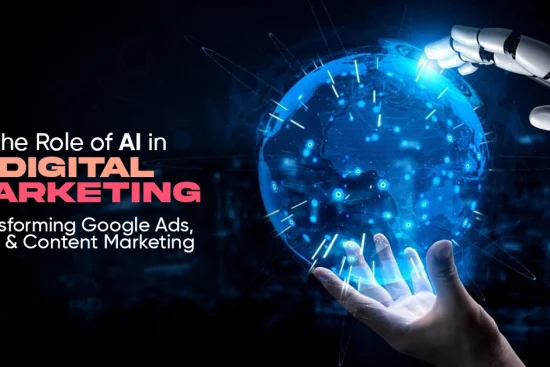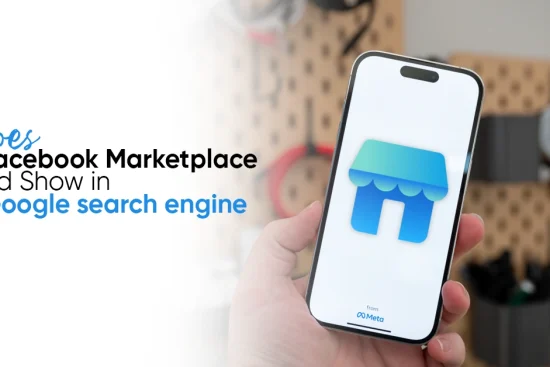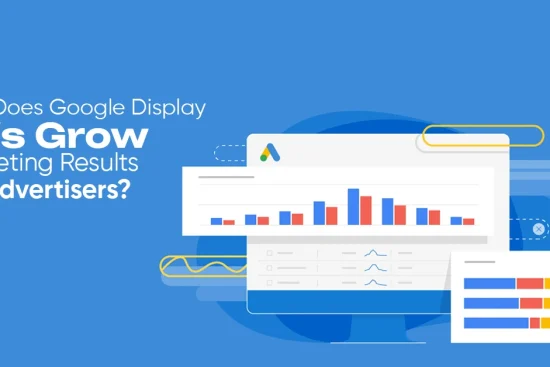
Introduction
In 2025, AI is going to transform the manner in which companies undertake Google Ads campaign management. Everything is offered, from automation to predictive analytics, audience targeting, and bid adjustments. AI-driven solutions optimize Google Ads to make ad campaigns cheap and more effective for businesses. The latter is likely to produce greater returns on investment as well as improved campaign performance.
The following describes how AI transforms management of Google Ads, the benefits it brings, and optimization of campaigns by marketers through AI-driven tools.
1. AI-Powered Automation
One of the most significant changes AI has brought in the management of Google Ads is concerning automation. AI algorithms are now able to perform tasks that required human intervention earlier. For instance:
- Bidding is Automated: The historical data available to AI from Ad performance, and then the signals it fetches in real-time from the competition, enables it to ensure the correct position for ads while attempting to maximize conversions.
- Ad Copies are Made: The ad copies are compelling and ensure high conversion when AI-powered tools create them based on user behavior and what trends are for the keyword.
- Campaign Optimization: The AI continually watches and dynamically adjusts campaign elements such as budget sharing, performance of keywords, and options for targeting.
As AI takes over monotonous tasks, marketers are released to focus on strategy and creativity rather than manual optimizations..

2. Enhanced Audience Targeting
AI is fast making audience targeting more precise and impactful. The model can define high-intent audiences based on browsing behavior, demographics, and interests and then utilize predictive analytics to optimize for the user most likely to convert. It enables users to optimize on their ad interactions and engagement levels in re-marketing strategies.
This level of precision ensures businesses reach the right audience at the right time, greatly increasing conversion rates.
3. Predictive Analytics and Performance Forecasting
Thus, AI-driven predictive analytics inform the practice of optimizing AI Google Ads. The tools utilize a large dataset to make forecasts on campaign performance; thus providing the marketer with extremely data-driven decisions. Among the benefits are:
- Finding the Trends: The consumer behavior pattern that lets AI spot breaking trends allows any business to change advertising strategies to line up with the discovered trends.
- Channeling Budget for Optimum Results: AI finds how different allocations will bring results to the campaigns, hence ensuring that a company spends only for efficiency.
- Conversion Probability Analysis: Based on past interactions, an AI estimate is likely to prove to be more highly targeted, leading to enhanced precision in targeting.
Enterprises can adjust their campaigns proactively to ensure that they reach maximum success with the predictive capabilities of AI.

Smart Ad Creatives And Personalization
AI redefines ad creative design and personalization. Deep learning and the use of natural language processing (NLP) in this case involve the capacity to:
- Create different versions of ads to be delivered to different audience segments.
- Automatically adjust ad content according to user behavior and preference.
- Improve headlines, descriptions, and images for better engagement and CTR.
Dynamic personalization of ads would show every user the most pertinent and compelling advertisements. This, in turn, would increase conversions and engagement.
5. Monitor Performance in Real-Time
AI ensures the most precise and effective audience targeting ever by identifying high-intent audiences based on browsing behavior, demographics, and interests. To make it more articulate than ever, AI can:
- Predictive analytics to even predict which users are most likely to convert.
- Past interactions and engagement levels could be analyzed to optimize remarketing strategies.
Such precision will help businesses reach their target audience at the right time, leading to significantly improved conversion rates.
6. Voice Search and Keyword Optimization for AI
Conversational queries can now come up as a new method through which keywords are optimized using AI tools:
- Its system notes long-tail keywords aligned with voice search.
- Copy ads to fit natural language patterns.
- Change bidding strategies according to whether the search is voice-based
This will place businesses right in the face of these emerging trends which they implement to heighten their visibility to wider markets.
7. Detect fraud and improve ad quality
Click fraud and low-quality traffic can waste ad budgets. AI-powered fraud detection tools analyze user behavior to:
- Detect and block fraudulent clicks.
- Identify suspicious traffic sources.
- Improve ad quality by filtering out irrelevant impressions.
These AI-powered safety measures help companies maximize ad spend and keep campaign efficiency high.
8. Integration with other AI technologies
AI in Google Ads doesn’t work in isolation. Companies are integrating AI-powered advertising with:
- Chatbots: AI-powered chatbots can improve customer engagement and lead generation.
- CRM systems: AI-powered Google Ads management syncs with customer relationship management (CRM) platforms for better audience segmentation.
- E-commerce platforms: AI optimizes shopping ads by analyzing user behavior and purchasing patterns.
This seamless integration ensures a more unified and effective marketing strategy.
Conclusion
AI will transform Google Ads management in 2025 by automating processes, improving targeting accuracy, and optimizing campaign performance. Companies that use AI-driven Google Ads optimization tools can increase ROI, boost audience engagement, and improve efficiency.
As AI advances, advertisers who take advantage of these advances will stay ahead of the competition and maximize their advertising potential. The future of Google Ads is AI-driven, and now is the time to adapt and innovate.






Leave a Reply